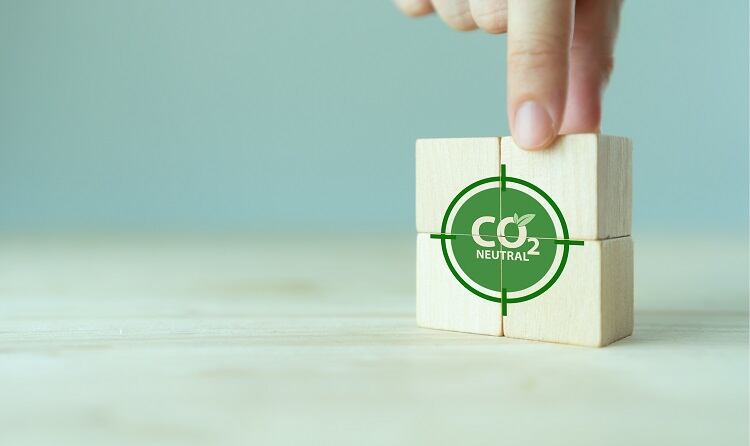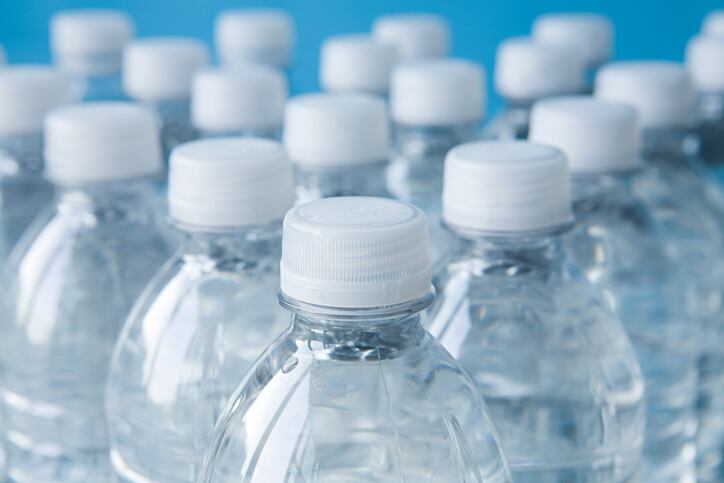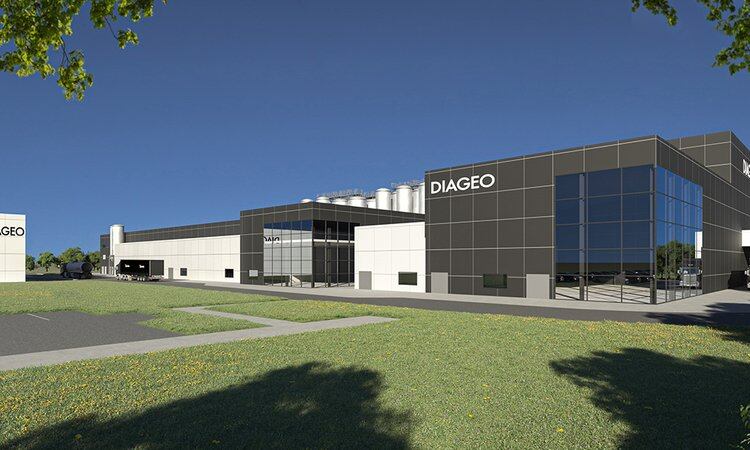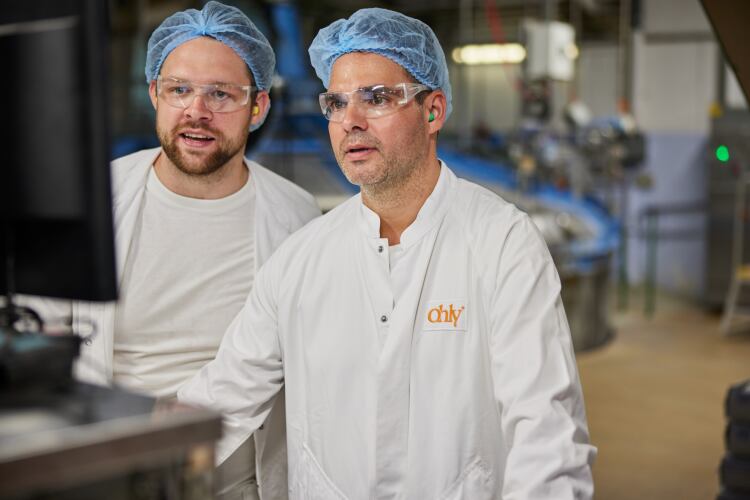Is a ‘climate neutral’ food basket too good to be true? According to The European Consumer Organisation (BEUC), multiple examples of products claiming carbon neutrality suggest it is.
From single-use bottled water, to milk and cheese, meat, and plant-based alternatives, products across various categories now carry the ‘CO2 neutral’ claim. Even some fruit, from bananas to blueberries and clementines, are known to carry the claim. However, in BEUC’s opinion, there is ‘no such thing as a carbon neutral banana’.
The consumer organisation is calling for a ban on all carbon neutral claims, including ‘carbon neutral’, ‘CO2 neutral’, ‘carbon positive’, and ‘carbon neutral certified’.
Why ban carbon neutral claims?
For a brand to claim carbon neutrality, all emissions it cannot decarbonise are neutralised through the support of environmental projects. This practice is called carbon offsetting. It is also expected that a carbon neutral brand will work to reduce its emissions over time.
BEUC takes issue with carbon neutral claims, even when carbon offsetting projects are funded to achieve it. The consumer organisation argues the claim is ‘scientifically inaccurate’, since the production of all food and drinks will always necessitate the emission of carbon. And the practice of carbon offsetting itself, according to BEUC, provides no guarantees of ‘locking in’ carbon for the future.
Further, the consumer organisation believes such claims mislead consumers, giving the false impression that the products are a good choice for the planet.

The Carbon Trust, which measures and certifies companies’ carbon neutral claims, agrees that claims such as ‘carbon positive’ or ‘climate negative’ should be off the table. Only ‘carbon neutrality’ has an internationally recognised definition and specification – PAS 2060, which the Carbon Trust certifies against, explained John Newton, Director, Label Programme Delivery at the Carbon Trust.
“Our communications guidelines do not allow the use of terms like ‘carbon positive’ or ‘climate negative’ as there is no recognised definition or specification for these terms, and they can easily be misleading,” he told this publication.
The Carbon Trust does, however, advocate for carbon neutrality. Consumer understanding and labelling transparency can be improved by brands including more context wherever the label is used, Newton advised.
There should also be links available, providing consumers access to resources explaining exactly what carbon neutrality is and how it is achieved, he added, which starts with measuring a footprint, then implementing a carbon reduction plan, and finally offsetting the remaining footprint.
‘Almost all food and drinks will necessitate emissions of carbon’
One of BEUC’s main arguments, is that carbon neutrality is ‘scientifically inaccurate’, as the production of ‘all’ food and drinks necessitate the emission of carbon.
“There is no such thing as a ‘CO2 neutral’ banana or plastic water bottle. Carbon neutral claims are greenwashing, pure and simple,” said Monique Goyens, director general of BEUC. “It’s a smoke screen giving the impression companies are taking serious immediate action on their climate impact.”
Research conducted by the German consumer group vzbv found that ‘CO2 neutral’ and ‘climate neutral’ claims had the strongest impact on consumer perception of the supposed climate friendliness of a food product – even more so than providing the product’s detailed CO2 footprint.
The same survey found that while a strong majority of consumers (69%) said they felt they understood the ‘climate neutral’ claim, only 8% of consumers actually understood that the claim did not mean ‘no greenhouse gas emissions’ had been created.

The Carbon Trust acknowledges that almost all food and drinks will necessitate emissions of carbon. But explained that carbon neutrality simply means that the product has been verified to PAS 2060 and does not attest that there is no net climate impact in the product’s lifecycle.
PAS 2060, the internationally accepted methodology for carbon neutrality requires that the manufacturer has a verified footprint for the baseline year of the product; a verified year-on-year reduction in emissions of the product; a commitment to future reductions with a validated carbon reduction plan for the production of the product; and verification that the residual emissions are matched by the purchase of high-quality carbon offsets.
“Carbon neutrality is a mature and well-defined term with a well-publicised methodology,” explained Carbon Trust’s Newton.
“Although the name at face value does not adequately explain the full concept, consumers who have an interest in the claim have access to multiple sources of information, and the opportunity to understand the meaning of the term.”
‘Locking in’ carbon via offsetting: does it depend on the scheme?
Another reason BEUC takes issue with food and drink brands claiming carbon neutrality, is that carbon offsetting – which underpins most such claims – provides no guarantees for ‘locking in’ carbon for the future.
Rather, these companies are ‘delaying action for many years’ by ‘compensating’ their carbon emissions, according to Goyens. “Planting trees which will take decades to grow is far easier and cheaper, yet significantly less effective, than cutting emissions from their current climate-harmful activities.”
Further, the compensatory effects of nature-based offsetting projects are ‘anything but guaranteed’, stressed the consumer organisation. As in the case of forestry projects, logging – as well as droughts and wildfires – can quickly eradicate forests planted as offsetting projects, while the carbon for which they are meant to compensate remains in the atmosphere for centuries.
“The same is true for offsetting schemes that rely on carbon farming programmes, whereby farmers are being paid to implement certain agricultural practices supposed to draw carbon into their soils: once the programme ends, land can be converted to a parking lot or ploughed up, releasing the carbon that has been sequestered.”
Whether carbon offsetting guarantees the ‘locking in’ of carbon for the future, or not, is something that should be assessed when selecting offsets, suggested the Carbon Trust’s Newton. “There are differences in the quality of offset schemes and our guidance is that to ensure a carbon offset delivers measurable climate impact, it must meet all five of the following criteria, permanence being one of these.”
Selecting a carbon offset scheme
- Verified: to ensure the integrity of the verification process, emissions reductions achieved through a carbon credit should always be verified by an independent third party according to an established standard or protocol.
- Additional: a carbon credit is only valuable if the project it funds results in greenhouse gas emissions reductions or removals that would not otherwise have occurred. This condition helps to demonstrate that the project has a measurable impact on the global level of greenhouse gas emissions.
- Permanent: the provider must guarantee that the level of carbon emissions avoided, reduced, or removed by the project is maintained over time. For instance, if a carbon credit is used to finance reforestation of an area of land, and that forest then burns down, additional credits must be allocated towards financing an equivalent amount of carbon sequestration.
- No leakage: the project funded must not lead to the unintended release of greenhouse gas emissions elsewhere. For example, a reforestation project that displaces agricultural activities to other areas where they could generate emissions would not meet this criterion.
- No double-counting: the carbon credit must not be double counted (i.e., sold to more than one buyer, enabling two or more buyers to take ownership of the same carbon reduction). This is often ensured by the provider ‘retiring’ the credit after sale, making it unavailable for repurchase. This ensures all carbon credits available on the market genuinely represent a unique unit of carbon.
Weeding out greenwashing
Ultimately, BEUC believes carbon neutral claims are doing more harm than good.
Last year, the European Commission published a proposal aimed at empowering consumers for the green transition, which includes a targeted amendment for the Unfair Commercial Practices Directive (UCPD). The consumer organisation wants the Commission to ban carbon neutral claims and their derivatives from the annex of the UCPD, and in so doing, effectively ‘weed out’ carbon neutral claims from the market.
The Carbon Trust acknowledges that greenwashing exists, and that is a ‘significant concern’ in every industry – with implications for business and consumers. But the ‘best way’ to avoid greenwashing, according to the Carbon Trust, is via transparent communication.
“The same rules apply no matter what industry a company is operating in; be factual, evidence-based, and make sure claims are not more than achievements. By being honest, truthful, and accurate, consumers will have a clearer, better understanding of the implications of their choices.”
Where there is not enough space on a product’s packaging to provide more information, the consultancy recommends using URL weblinks or QR codes directly to the source of information, and not just to the product’s homepage.





